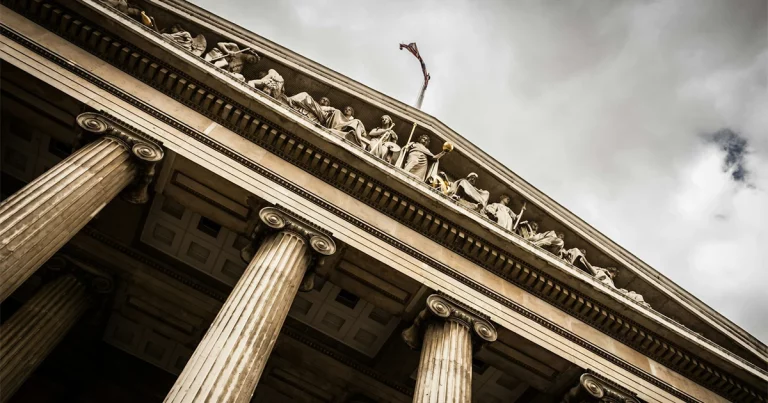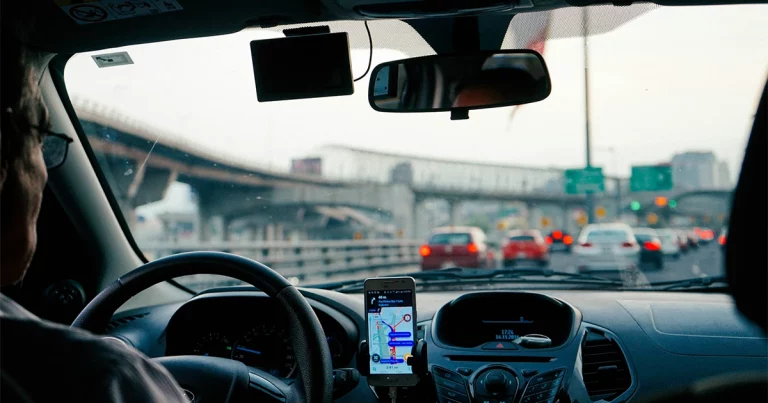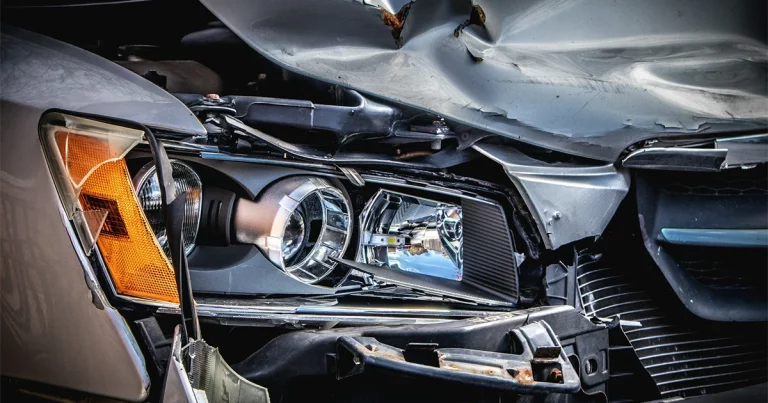Cycling is an increasingly popular activity in the United States, whether for commuting, exercise, or leisure. While bicycles offer many health and environmental benefits, accidents on U.S. roads remain a significant concern. Cyclists are vulnerable in collisions with motor vehicles, and even minor crashes can lead to serious injuries.
This guide explores the risks of bicycle accidents, offers practical safety tips, explains the proper use of protective equipment like helmets, and provides strategies to prevent crashes and minimize injuries.
Table of Contents
How Common Are Bicycle Accidents?
Despite bicycles making up only a small fraction of all trips in the U.S.—roughly 1%—cyclists account for 2–3% of all traffic fatalities Each year, about1,000 cyclists diein accidents involving motor vehicles, and approximately 120,000 people visit emergency departments due to non-fatal bicycle crash injuries.
Bicycles here include standard two-wheel pedal bikes, as well as tricycles and unicycles powered solely by pedaling. E-bikes are often categorized separately under motorcycle injuries in national reports.
These statistics highlight that cyclists face greater relative risk on the road than their travel frequency might suggest.

Where and When Bicycle Accidents Happen?
Understanding the typical circumstances of bicycle crashes can help riders reduce their risk:
Urban Areas Are Riskier:Most fatal bicycle crashes occur in cities, where traffic is dense and interactions with cars are frequent.
High-Speed Road Sections:About 60% of fatal accidents happen away from intersections, where vehicles often travel faster.
Intersections:Around 30% of deadly crashes occur at intersections, highlighting the importance of caution when crossing or turning.
Alcohol and Impairment:Roughly one-third of fatal crashes involve alcohol, whether consumed by the cyclist, the driver, or both.
Seasonal Trends:Bicycle fatalities peak from July to October, coinciding with summer and early fall, when cycling activity is highest.
Major Causes of Bicycle Accidents
Bicycle accidents often stem from a combination of human error, environmental hazards, and traffic conditions. Common causes include:
Driver Inattention or Distraction:Texting, phone use, or other distractions can lead to collisions.
Failure to Yield: Cyclists not observing right-of-way rules contribute to many crashes.
Low Visibility:Riding at night or in poor weather without reflective gear increases the risk.
High Vehicle Speeds: Crashes are often more severe on fast-moving roads outside intersections.
Road Hazards:Potholes, debris, train tracks, and uneven surfaces can cause cyclists to lose control.
Protective Gear and Equipment
Proper safety gear is crucial for minimizing injuries in Bicycle Accidents.Wearing a helmet significantly reduces the risk of head injuries. For maximum protection, helmets should fit properly:
|
Helmets |
The Most Important Protection |
|
Snug and Comfortable |
The helmet should touch the head evenly without causing discomfort. |
|
Level |
It should sit flat on your head, with the front edge just above the eyebrows. |
|
Stable |
The helmet should remain in place when you shake your head or experience sudden movements. |
Tips for Fitting Your Helmet
|
Adjust Fit Pads or Retention Systems |
Use the pads provided to achieve a secure fit. |
|
Adjust Straps (Eye-Ear-Mouth Test) |
Front rim slightly visible when looking up. |
|
Check Stability |
Shake your head and push on the helmet to ensure minimal movement. |
Additional Tips: Make sure straps do not slip during wear. For children, helmets should be removed during playground activities to prevent accidental strangulation.
Bicycle Maintenance and Fit
A safe bicycle starts with proper equipment and maintenance:
|
Bike Size |
Choose a bicycle that fits your height and reach; a poorly sized bike can be difficult to control. |
|
Brakes and Gears |
Ensure all components work correctly before every ride. |
|
Lights and Reflectors |
Use bright clothing, reflective gear, a white front light, and a red rear light for visibility, particularly at night. |
|
Secure Cargo |
Carry items in a backpack or mounted rack; avoid holding objects while riding. |
|
Clothing Considerations |
Tuck in shoelaces and pant legs to prevent entanglement with the chain. |
Planning Safe Routes
Cyclists can reduce risk by carefully planning their route.
- Choose Lower-Traffic Roads: Streets with slower speeds are generally safer than major thoroughfares.
- Use Bike Lanes or Paths:Dedicated cycling infrastructure minimizes interactions with vehicles.
- Anticipate Hazards:Watch for road conditions, debris, train tracks, and areas where vehicles may not see you.
Defensive Cycling Strategies for Bicycle Accidents Prevention
Defensive riding involves anticipating potential dangers and staying aware of your surroundings.
Ride With Traffic Flow:Always cycle in the same direction as cars.
Obey Traffic Laws:Stop at lights and signs, signal turns, and yield appropriately.
Avoid Distractions:Refrain from using phones, headphones, or anything that reduces attention.
Watch for Others’ Mistakes:Assume drivers may not see you and maintain a buffer to react quickly.
By practicing defensive cycling, riders can often avoid collisions even when other road users make mistakes.
Legal Responsibilities for Bicycle Accidents
In the United States, bicycles are considered vehicles in most states, meaning cyclists must:
Follow the same traffic rules as motorists.
Understand that failure to comply can affect liability in case of an accident.Knowing your legal obligations helps protect your safety and rights while cycling.
Handling Bicycle Accidents and Insurance
Despite precautions, bicycle accidents can happen. Here’s what to do if you are involved in a bicycle accident:
|
Prioritize Safety and Medical Care |
Move to a safe area and seek medical attention immediately. |
|
Document the Incident |
Take photos, record details of the scene, and collect witness information |
|
Exchange Information |
Obtain the driver’s name, contact info, license plate, and insurance details |
|
Insurance Claims |
1. at-fault driver coverage may pay for medical bills and bicycle repairs. |
|
Keep Records |
Police reports, medical bills, and photographs are essential for insurance claims and potential legal action. |
How to Prevent Injuries in Bicycle Accidents?
Many bicycle accidents are preventable through proactive measures:
Always Wear a Helmet:Properly fitted helmets significantly reduce head injury risks.
Enhance Visibility:Use reflective gear and lights, particularly in poor lighting.
Ride Predictably:Signal turns, follow traffic rules, and avoid sudden maneuvers.
Avoid Impairment:Never ride under the influence of alcohol or drugs.
Stay Alert:Scan the road ahead for hazards, pedestrians, and erratic drivers.
Safety Statistics Recap
Urban Areas: Nearly three-quarters of cyclist fatalities occur in cities.
Seasonality:Highest fatality rates between July and October.
Leading Factors:Alcohol use, failure to yield, and low visibility.
Cyclists who follow safety recommendations can dramatically reduce the likelihood of serious injury or death.
Free Car Injury Settlement Calculator
Estimated Settlement Range
Please enter your data to see estimate
This guide explains how the Accident Settlement Calculator works and what factors influence your potential compensation. Click here to learn more in our detailed calculator guide
Conclusion
Bicycling is a rewarding and environmentally friendly activity, but it comes with risks. By understanding the dangers, wearing proper safety gear, maintaining your bike, riding defensively, and following traffic laws, you can greatly reduce the likelihood of accidents. Proper planning, awareness, and preparation are essential for safe cycling.
By incorporating these practices, every ride can be both enjoyable and secure, helping to prevent injuries and protect lives on the road. Bicycle accidents are serious, but with the right precautions, most can be avoided.






